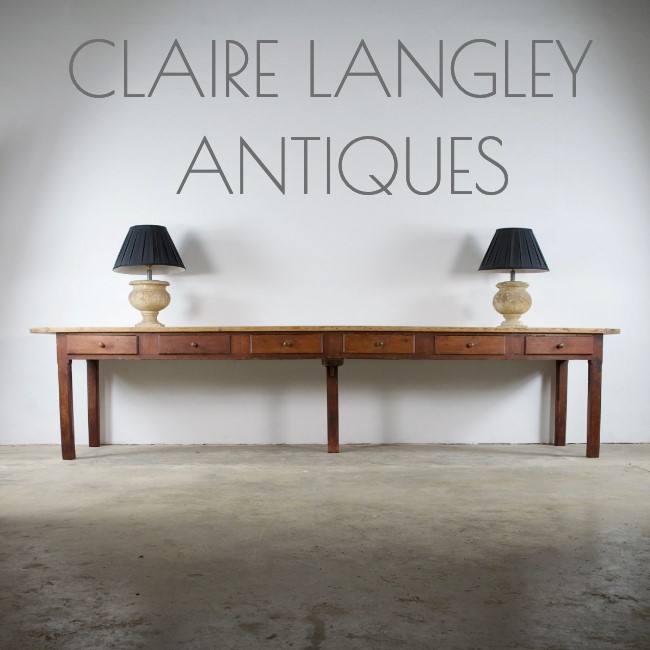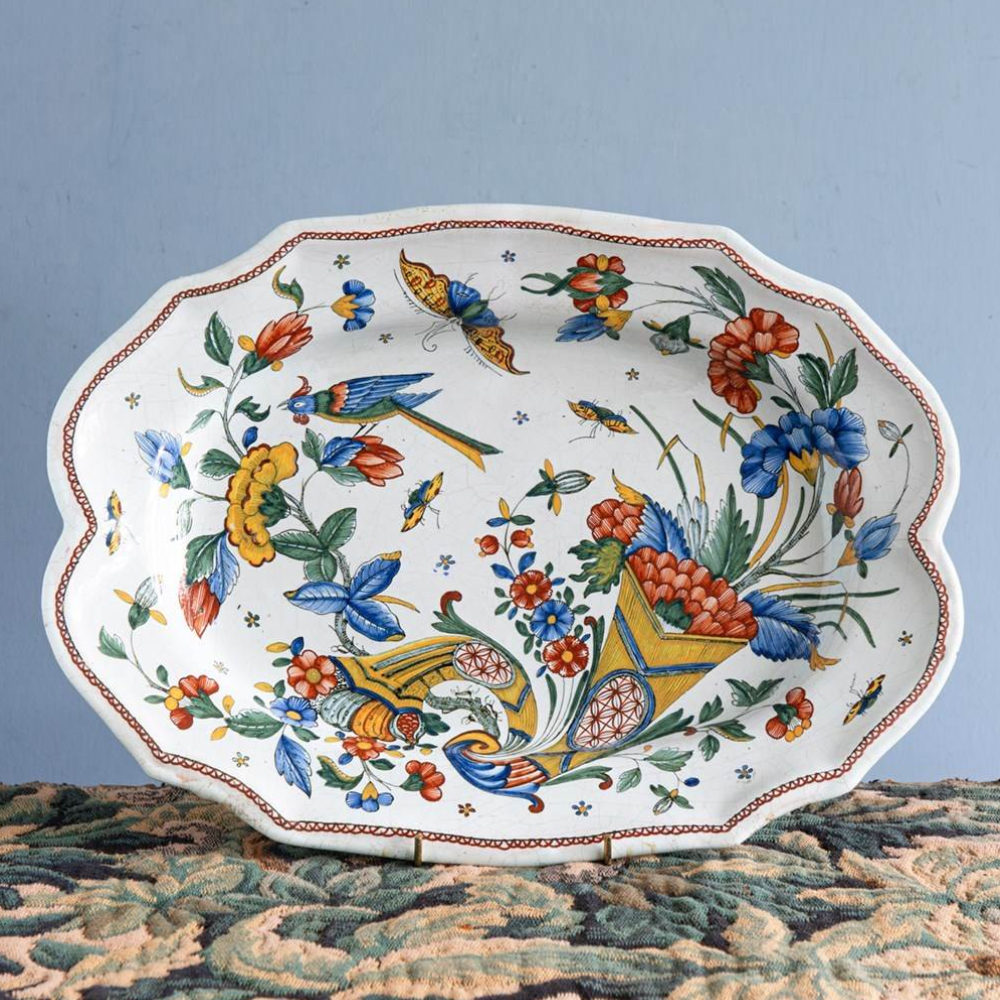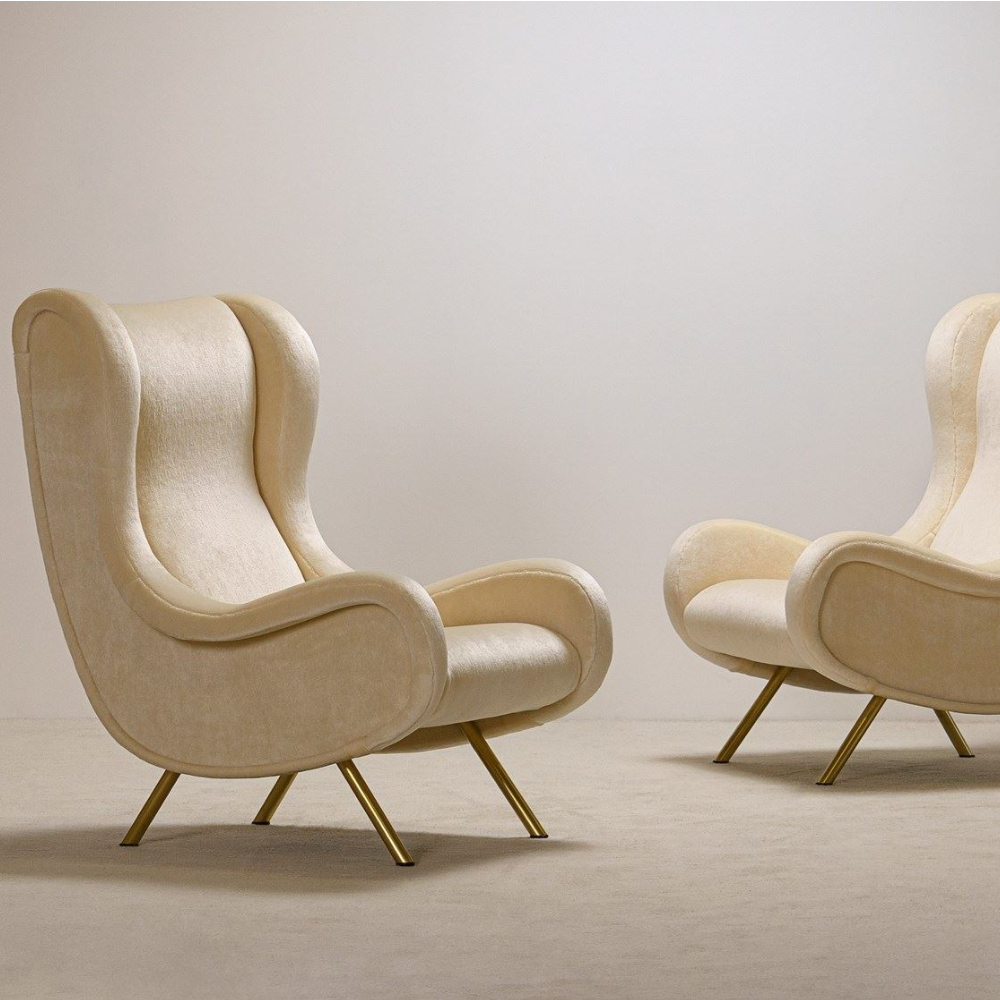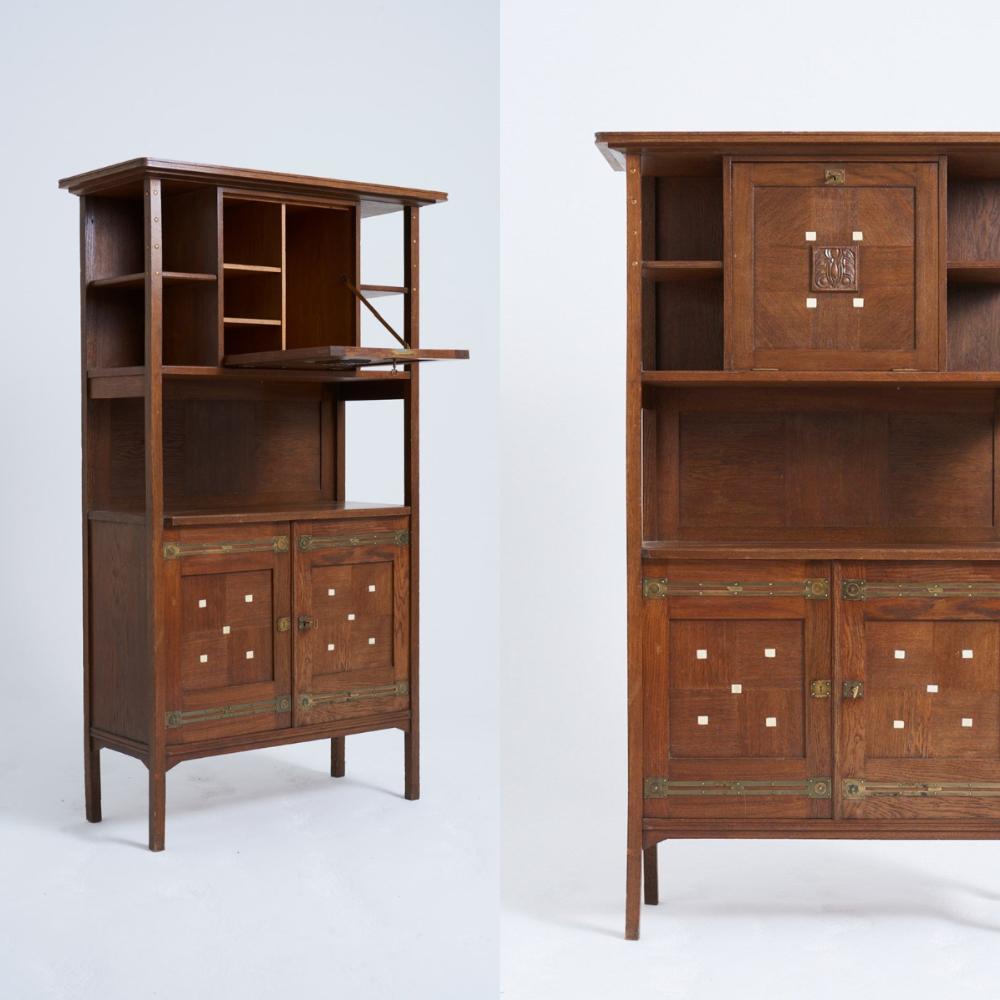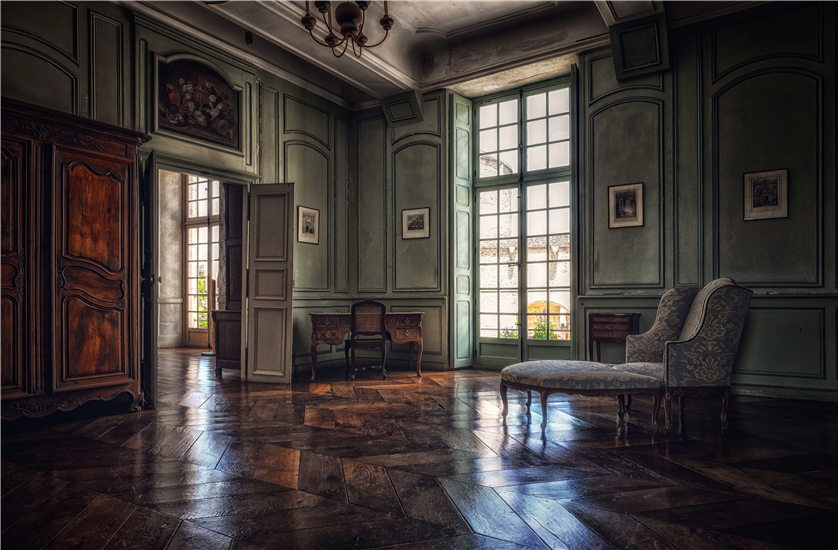
If you have an interest in antiques, you’ve probably heard of the Arts and Crafts movement. Focussing on decorative and fine arts, the movement began in the UK in the late 19th century before spreading across Europe and eventually becoming popular in Japan.
Pieces from the Arts and Crafts movement tend to be crafted with care, featuring natural materials and influences, making them ideal for collectors. With the movement triggering a new appreciation of decorative arts, everything from furniture to wall hangings and jewellery from this era is handcrafted to perfection.
What Was The Arts and Crafts Movement?
The movement was all about fine and decorative arts, with a focus on how they were produced. Pieces were made using traditional techniques and craftsmanship, bringing in medieval, folky and romantic influences.
While the phrase ‘Arts and Crafts’ was coined in 1887 by T.J. Cobden-Sanderson, the movement had been growing in the UK for around 20 years before this. However, it was at the Arts and Crafts Exhibition Society meeting that really made this movement begin and grow.
How Did The Arts and Crafts Movement Start?
The Arts and Crafts movement came about as a reaction to the damaging effects of growing industrialisation. It was also about elevating the status of decorative arts, which was fairly low and the time.
During this period, the value that society put on how things were made was starting to shift as machines were used more and more in production. The Arts and Crafts movement helped to change the way that design and manufacture were approached, impacting smaller items like furniture and jewellery, as well as larger ones like buildings.
The leaders of the Arts and Crafts movement sought to develop products that were made in a more human way and that had integrity. So while pieces from this period have a decorative look, they were driven by a set of ideas rather than a specific style.
What Made The Arts and Crafts Movement Popular?
The movement was made popular by the Arts and Crafts Exhibition Society, which started annual exhibitions in 188 to help showcase examples of decorative arts and crafts.
While The Great Exhibition in 1851 and a few other spaces in the 1860s had allowed decorative artists to showcase their work, there was no regular exhibition. The society aimed to change this while also helping to raise the intellectual and social status of crafts.
These exhibitions were the only place in the UK for years that artists could showcase their decorative works, but they were important in terms of changing the way people looked at how products were made. The result was that, over time, more societies were formed.
The Impact of William Morris
Possibly one of the most well-known examples of the Arts and Crafts movement was William Morris. The internationally-renowned designer and manufacturer became involved with the Arts and Crafts Exhibition Society some years after it had been formed and yet was incredibly influential within it.
Morris was passionate about the creation of beautiful objects that were well made and could be used as part of everyday life. He also belied that products should be produced in a way that allowed those crafting them to stay connected with them, as well as with other people.
Morris wanted the system of manufacture to go back to being based on smaller workshops rather than large factories. This didn’t mean that he was against the use of machines in manufacturing completely. Instead, he felt that dividing labour for efficiency so people only engaged with one part of production weakened the relationship they had with the products they were making.
He was also against the negative impact that factories had had on society and the environment. It was these beliefs that made the Arts and Crafts movement a socialist movement as well as impacting design and manufacturing.
How Did The Arts and Crafts Movement End?
Between 1888 and 1916, the Arts and Crafts Exhibition Society held 11 exhibitions. Unfortunately, the 1912 exhibition failed financially and signified the start of a steady decline. The movement was in crisis by the time the war broke out in 1914, with the lack of adaptability being a huge part of its downfall.
Ultimately, the Arts and Crafts movement died out and made way for Modernism. However, pieces crafted during the movement are still incredibly popular today, making any Arts and Crafts antiques a great investment.

